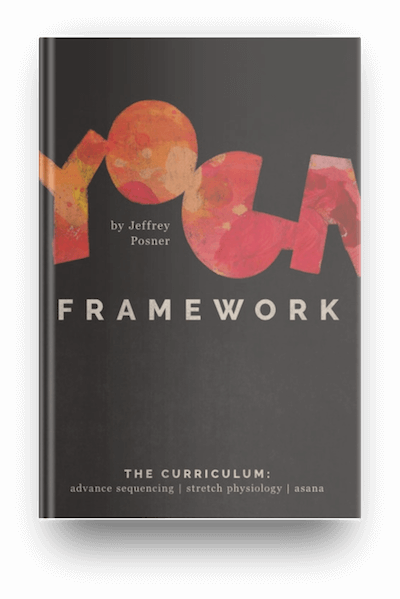Warming Up and Cooling Down: The Essential Yet Overlooked Practices for Every Fitness Journey
Warming up and cooling down are essential components of any workout regimen. While many individuals focus on maximizing their workout intensity, the importance of preparing the body and allowing it to recover cannot be overstated. In this article, we’ll explore the pros and cons of warming up and cooling down, and how these practices significantly benefit both physical and mental health.
Understanding the Importance of Warming Up and Cooling Down
The focus keyphrase, warm up and cool down, encapsulates the practice of preparing your body for exercise and then allowing it to transition back to a state of rest afterward. Research shows that warming up increases blood flow and raises muscle temperature, which enhances athletic performance and reduces injury risks.[1]
Cooling down, on the other hand, is crucial for regulating body temperature, lowering heart rate, and mitigating muscle stiffness. It entails a gradual reduction in exercise intensity, followed by static stretches. This combination helps ensure that muscles remain flexible, supporting recovery and overall athletic longevity.[2]
Pros of Warming Up and Cooling Down
Psychological Benefits
One often-overlooked advantage of warming up and cooling down is their psychological impact. Warming up serves as a mental preparation for physical activity, boosting focus and motivation. It creates a transition from daily life to a workout mindset, encouraging a more effective performance.[3]
Physical Recovery
Cooling down provides an opportunity for active recovery. It helps maintain blood circulation and can reduce lactic acid buildup in muscles, thereby aiding the recovery process. Moreover, this practice helps to prevent dizziness by stabilizing blood circulation after intense workouts [4].
Flexibility and Range of Motion
Post-exercise, cooling down allows for static stretching, which aids in improving flexibility and range of motion. Stretching warm muscles can be more effective than cold ones, minimizing soreness and muscle cramps.[5]
Cons of Skipping Warm-Up and Cool-Down
Increased Injury Risk
Failing to warm up before a workout can lead to increased injury risk, as muscles may not be adequately prepared for sudden exertion. As a result, you may experience strains or sprains, significantly hindering your fitness journey.
Muscle Stiffness and Soreness
Conversely, not cooling down properly can transition your body from high-intensity exercise to rest too abruptly. This quick change can lead to muscle stiffness, cramps, and prolonged soreness in the days following your workout.
Building an Effective Warm-Up and Cool-Down Routine
Essential Warm-Up Exercises
Warm-ups should be specific to the exercises you plan to perform. Common methods include:
- Light jogging or brisk walking
- Dynamic stretches, such as leg swings
- Bodyweight exercises like lunges or squats
Effective Cool-Down Techniques
For cooling down, consider the following exercises:
- Gradually decrease activity level, transitioning to walking
- Static stretching focusing on the major muscle groups used during the workout
- Incorporating breathing exercises for relaxation
Conclusion: Prioritize Your Warm-Up and Cool-Down
In conclusion, the practices of warming up and cooling down should be integral components of your fitness regimen. Not only do they enhance physical performance and recovery, but they also pave the way for improved mental focus and reduced stress levels. By understanding the warm up and cool down processes, you can greatly enhance your overall workout efficiency and enjoy a more rewarding fitness experience. Therefore, consider these practices the next time you step into the gym or outdoor workout space.
For further reading on enhancing your psychological well-being during physical activity, check out Aromatherapy and Incense Benefits, which might offer additional relaxation techniques to incorporate into your routine.

